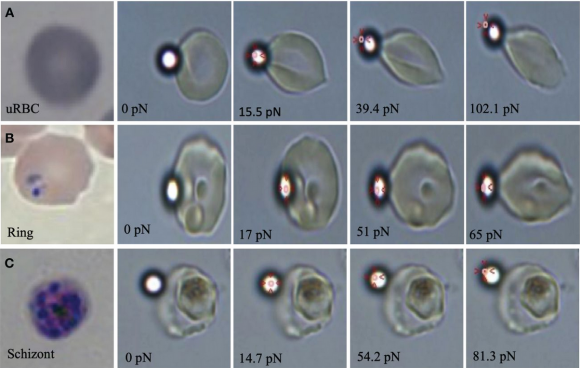CellManipulator Optical Tweezers method was used to study erythrocyte's response to antimalarial treatments
A research group from Panama recently used MMI CellManipulator Optical Tweezers to study erythrocyte response to antimalarial treatments.
The malaria parasite caused death of around 600,000 patients in 2023 alone. Pathophysiology-wise, when the red blood cells (RBCs) contain the parasite, the membrane rigidity and adhesiveness increase dramatically. Recognizing this, the researchers employed optical tweezers to test and identify potential antimalarial drugs. Indeed, their experiments showed that the stiffness of infected RBCs is four times greater than that of healthy cells. The increased rigidity was more evident in the infected cells during the schizont stage compared to the ring stage of P. falciparum.

They also found out that infected RBCs stiffness changed following several conventional anti-malarial drugs. Similar treatments to healthy RBCs did not alter the cell stiffness. The group suggested that the mechanical properties of treated cells can be an important parameter of drug screening before moving to in-vivo models and preclinical trials.